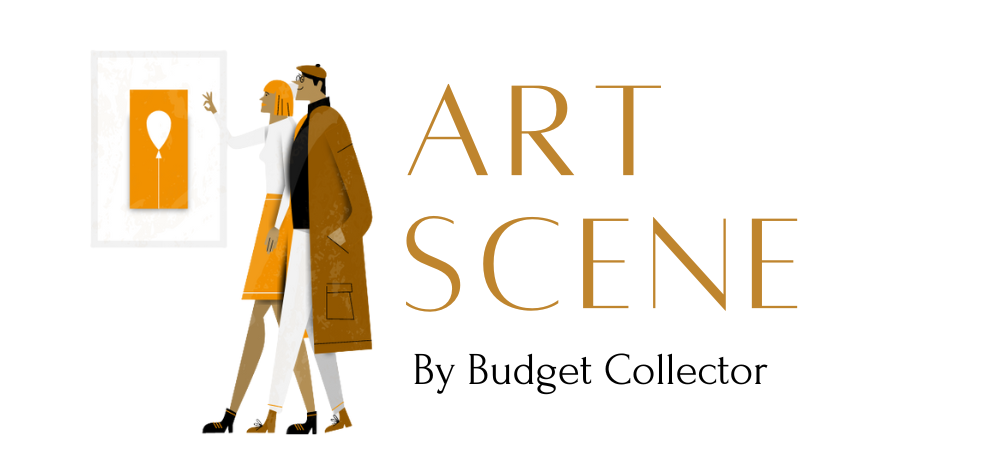Previous Blog
TLDR:
Our goal of this post is to implement color quantization in R, compare several methods of detecting segments of an image, and start creating the visualization UI. It’s no surprise that this topic naturally lends itself to some preliminary data exploration and visualization, and
Ebonique Boyd (product lead) examimes the implications of the Fear of Missing Out (FOMO) in app design, arguing for a more user-centric approach that prioritizes satisfaction and wellbeing. We delve into the concerning rise of anxiety among young adults, drawing links to certain design practices.
This team from Georgia Tech discuss the process of data cleaning and analysis in the context of studying color patterns in artworks. They used a dataset from the Art Institute of Chicago, consisting of 122,435 artworks, for this purpose. The data was cleaned to extract
Find out about Art Scene's latest app update, which balances the concept of 'slow tech' with an enhanced user experience. The update improves the app's backend infrastructure, resulting in a faster art rating process. Additionally, the app's acceptance into the Apple Store marks a significant
Discover how artists can turn Instagram likes into dollars by optimizing their profile, posting high-quality images, engaging with their audience, and using hashtags effectively. Learn strategies to boost your art business on Instagram.
This blog post titled "Giving Color Vision to a Machine" by Global Data Artists delves into the intricate process of training a machine to recognize and categorize similar colors within different images. The authors detail their approach of employing KMeans clustering on image data, confronting
This article explores extracting the top 5 dominant colors from images using K-Means Clustering Algorithm. They utilize a dataset provided by Budget Collector, which they access through Airtable API in Python. The KMeans clustering algorithm from the sklearn library is used to find clusters of
Welcome to Art Scene: Meet More Friends, formerly known as AI Art Advisor. Our app has undergone a rebranding journey to better cater to a wider audience, particularly those in the middle class, who are interested in discovering and understanding the world of art. While











